How to use Compact Chat List in Microsoft Teams
This feature will be available in the new Teams desktop experience later year.
2 min. read
Updated on
Read our disclosure page to find out how can you help Windows Report sustain the editorial team. Read more
Key notes
- You will be able to easily switch to the old version if you like.
- Certain organizations will enjoy this feature in July.
- Later this year, it will be available to everybody.
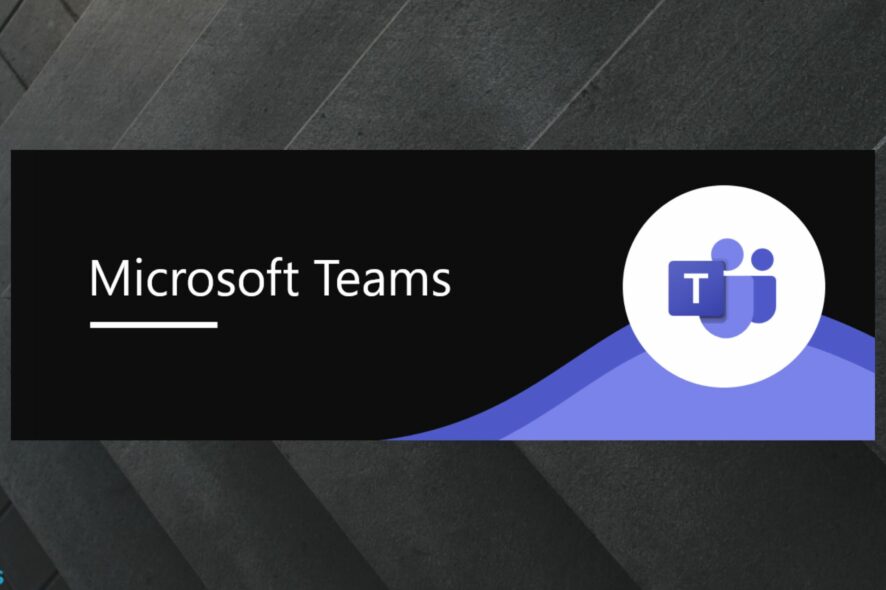
Microsoft Teams is one of the most popular apps to use in organizations or schools for a reason. It gets a lot of new and excellent features very often, almost on a weekly basis. For example, just recently AI recap made its way into the app, and you’ll be able to take notes in the Teams as well.
For teachers, AI will help you build comprehension passages and comprehension questions for your students. The feature is live starting this week. So you’re missing out on a lot of cool stuff if your organization is not on Teams yet.
And some time ago, Teams announced that you can preview and play videos in Chat as well. Speaking of Teams Chat, it seems Compact Chat Lists are coming to Microsoft Teams. And the feature is exciting.
This feature addition will be available in the new Teams desktop experience later this calendar year. But some organizations can gradually experience it sooner.
Here’s how to use Compact Chat List in Microsoft Teams
You will be able to use this feature by switching to compact mode. To do so, you need to:
- Go to Settings and then select the General tab.
- Once you’re there, go to the Chat density section.
- From there, you only need to select the Compact option.
When you exit Settings, you will see a more condensed view of messages in your message pane, as well as a compacted chat list.
The compacted chat list includes hidden message previews and allows you to see more chats on your screen at a given time.
Your screen will look approximately like this.
Microsoft Teams has been very popular in organizations and still is. And the features are always helping users to get work done efficiently.
However, the platform has its misfortunes as well. In a recent study, research has shown that Teams is very prone to malware, and viruses. 80% of Microsoft 365 accounts were hacked in 2022. And unfortunately, it can easily become the target of hackers.
So it might not be a good option for every organization out there, especially the ones that are holding very sensitive information. Alternatively, you can utilize the block feature in Teams to avoid receiving messages from bots and unknown users.
But what do you think? Is Microsoft Teams worth the risks? Let us know in the comments section below.
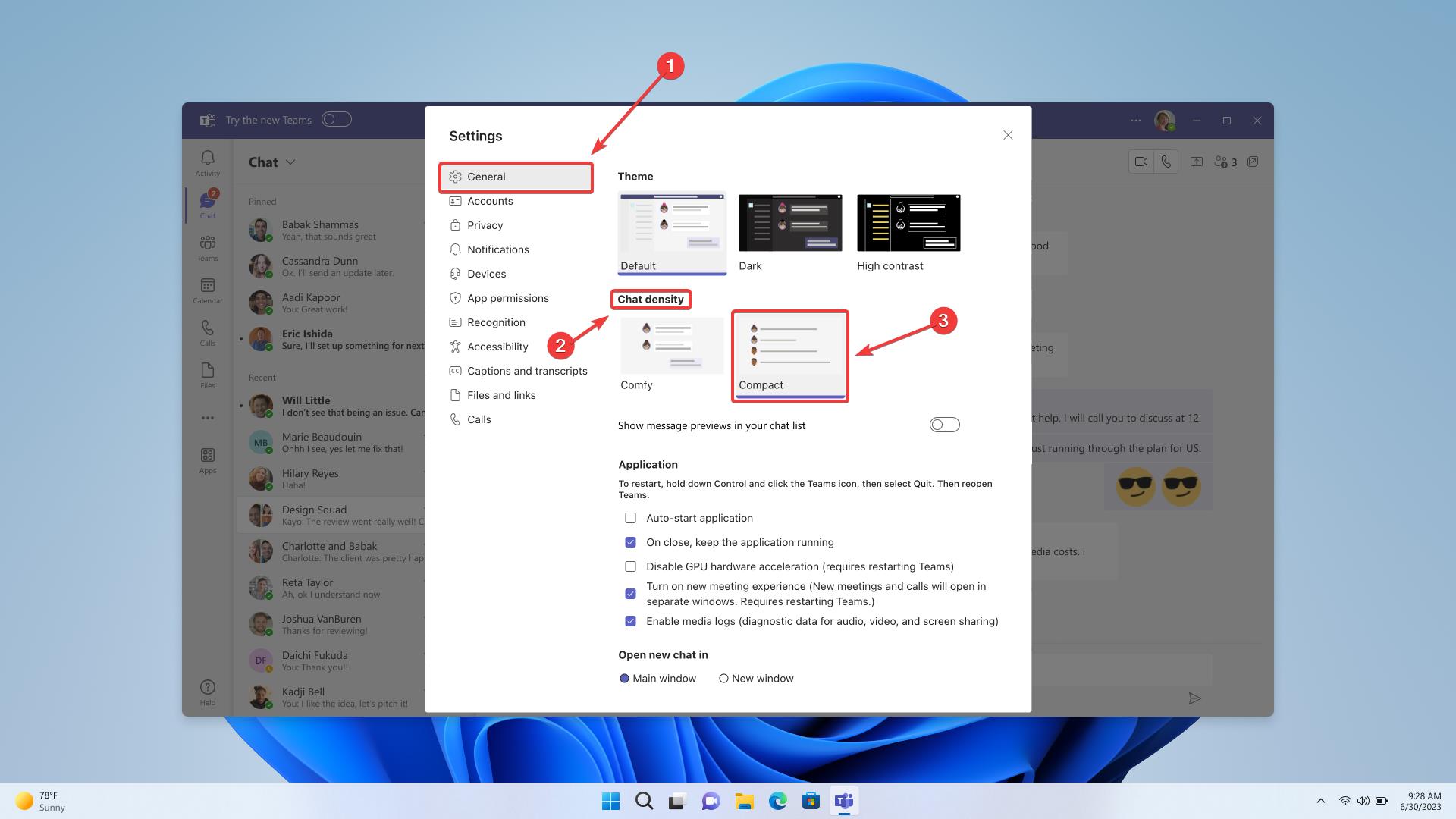
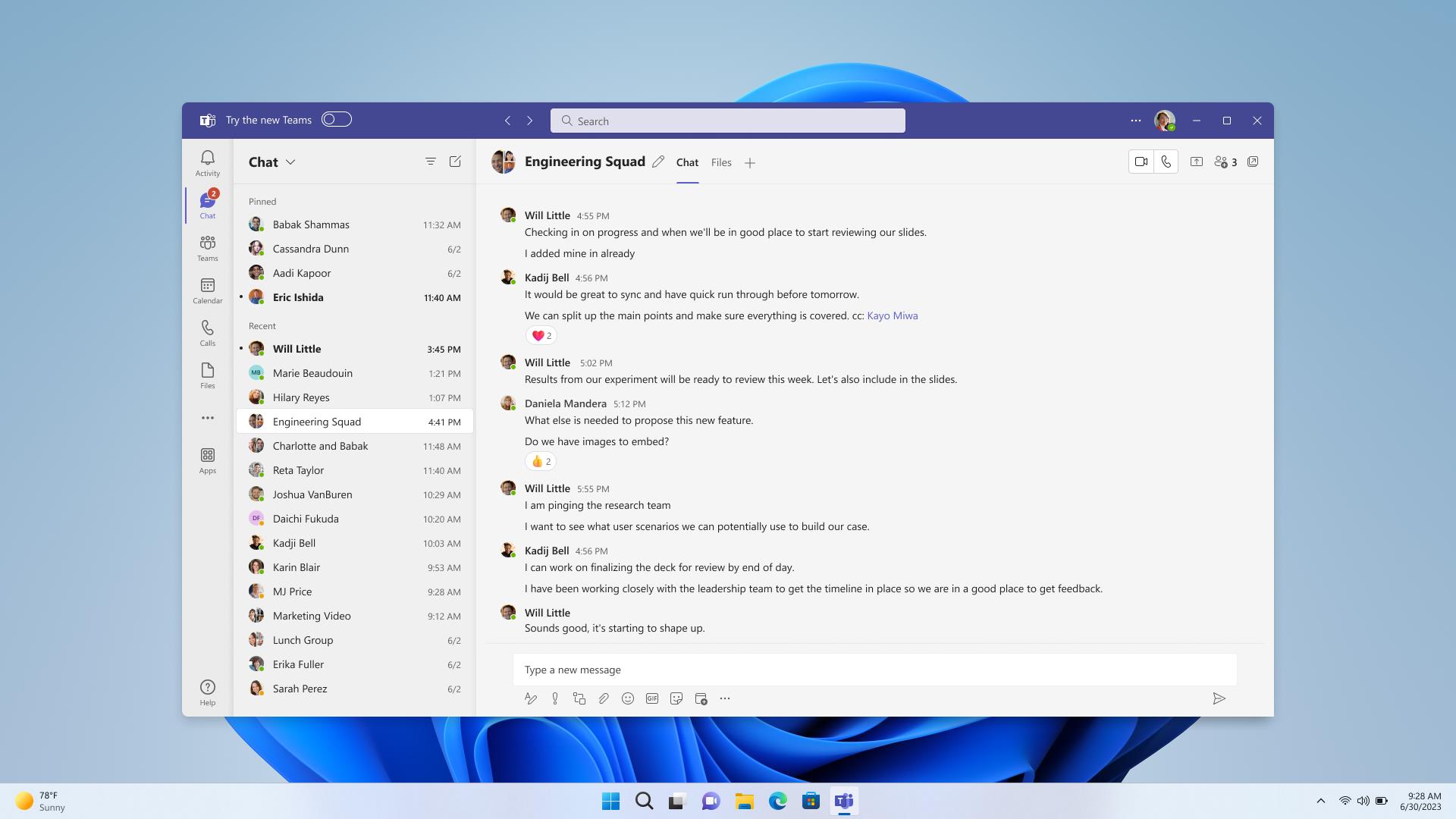
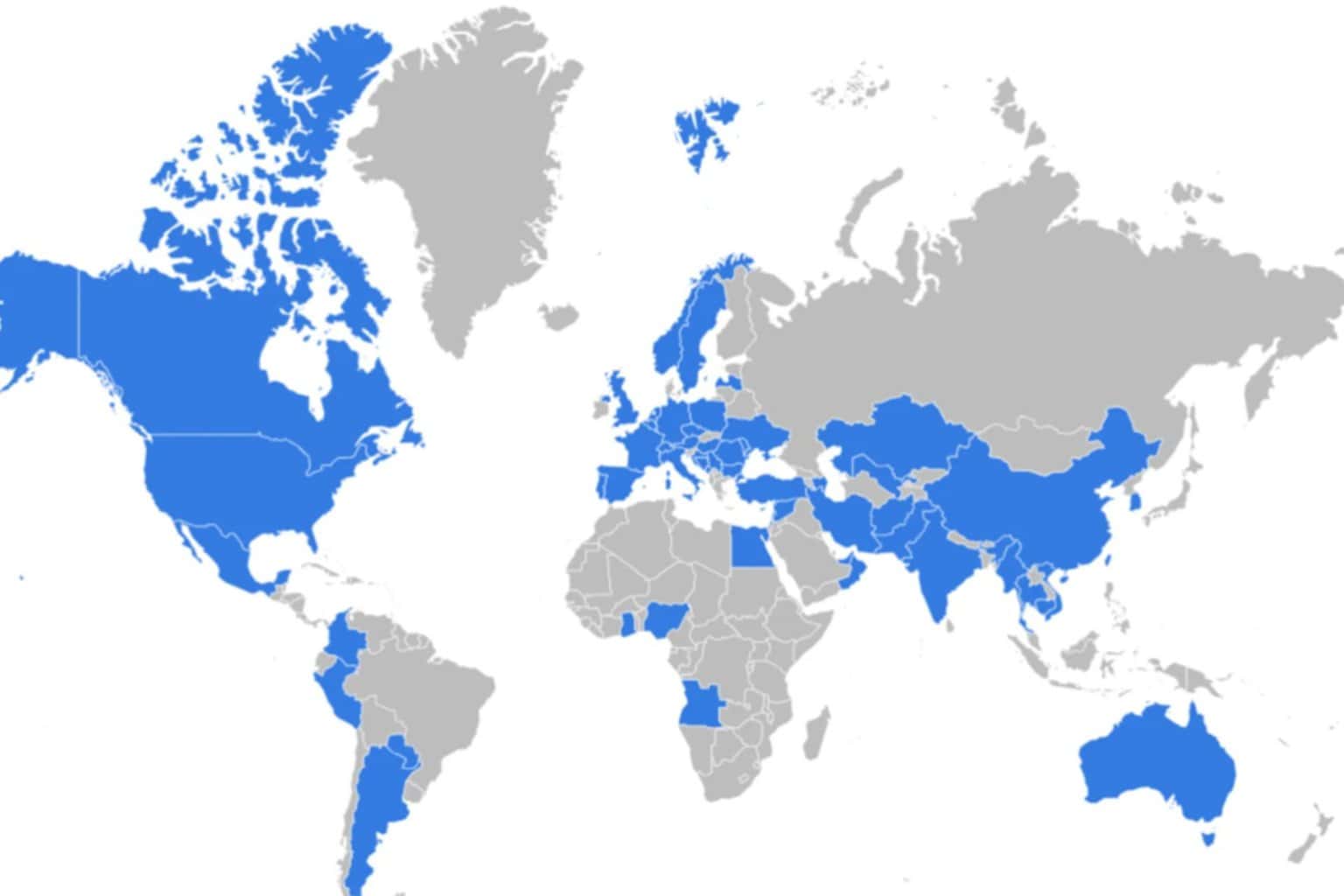
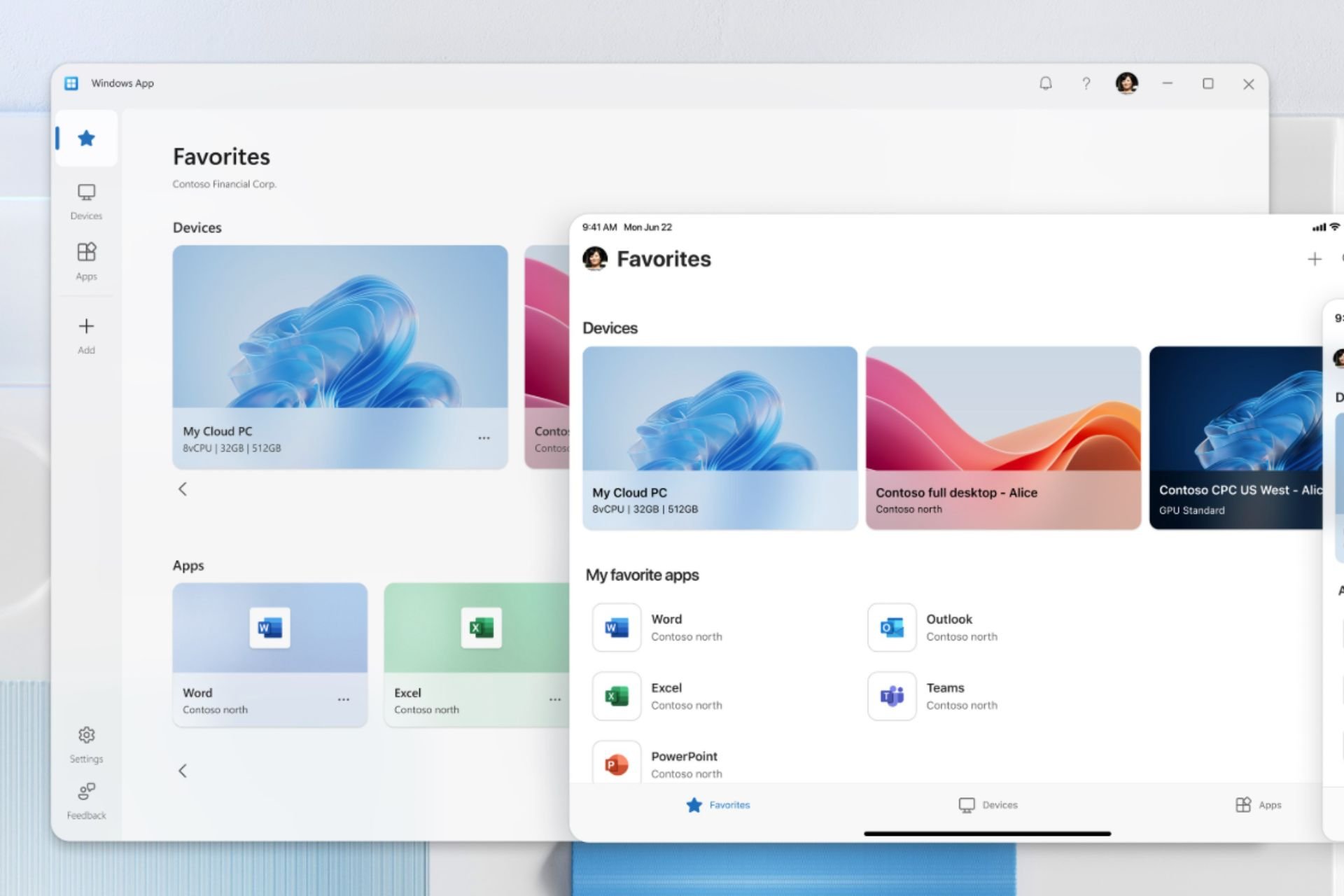
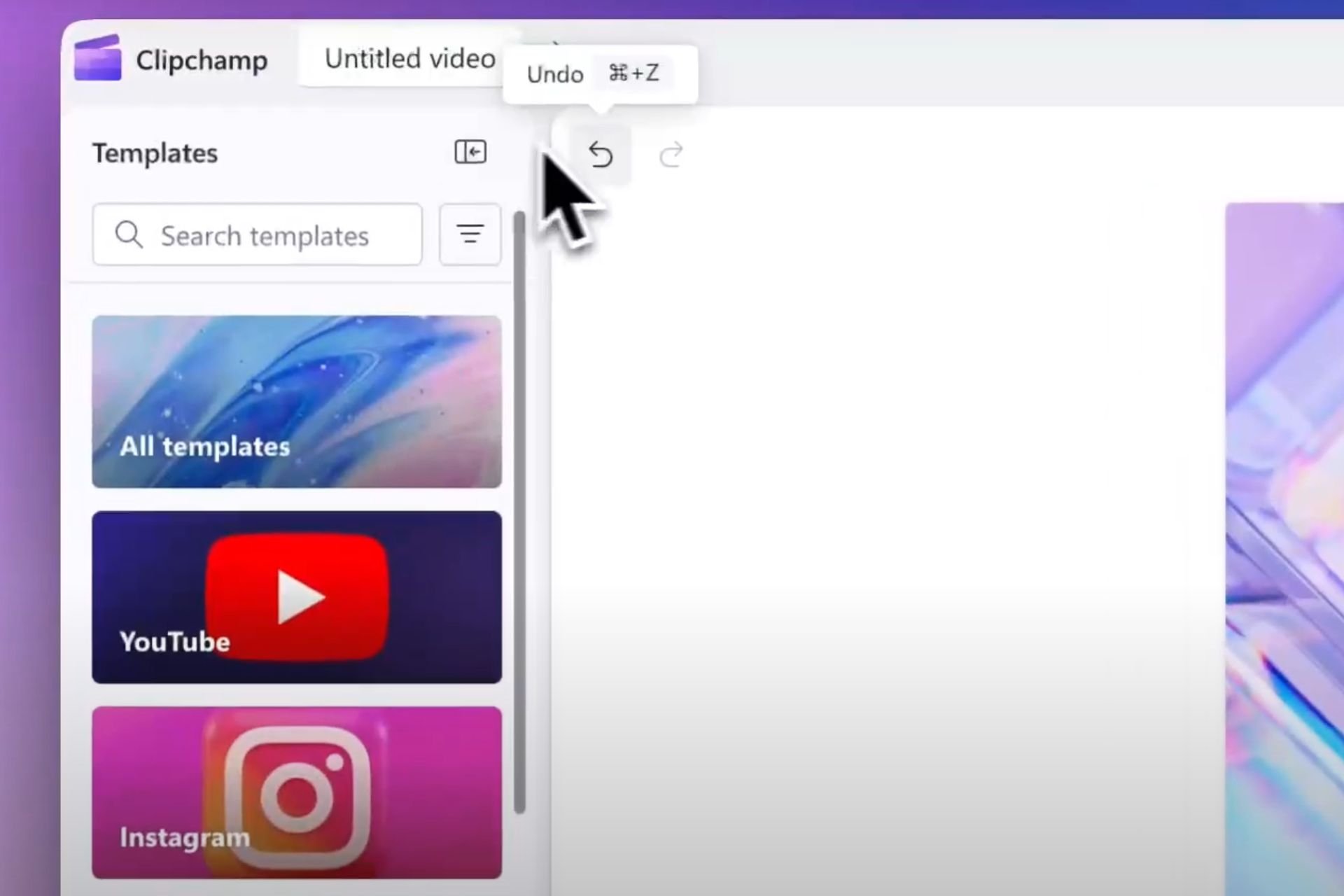
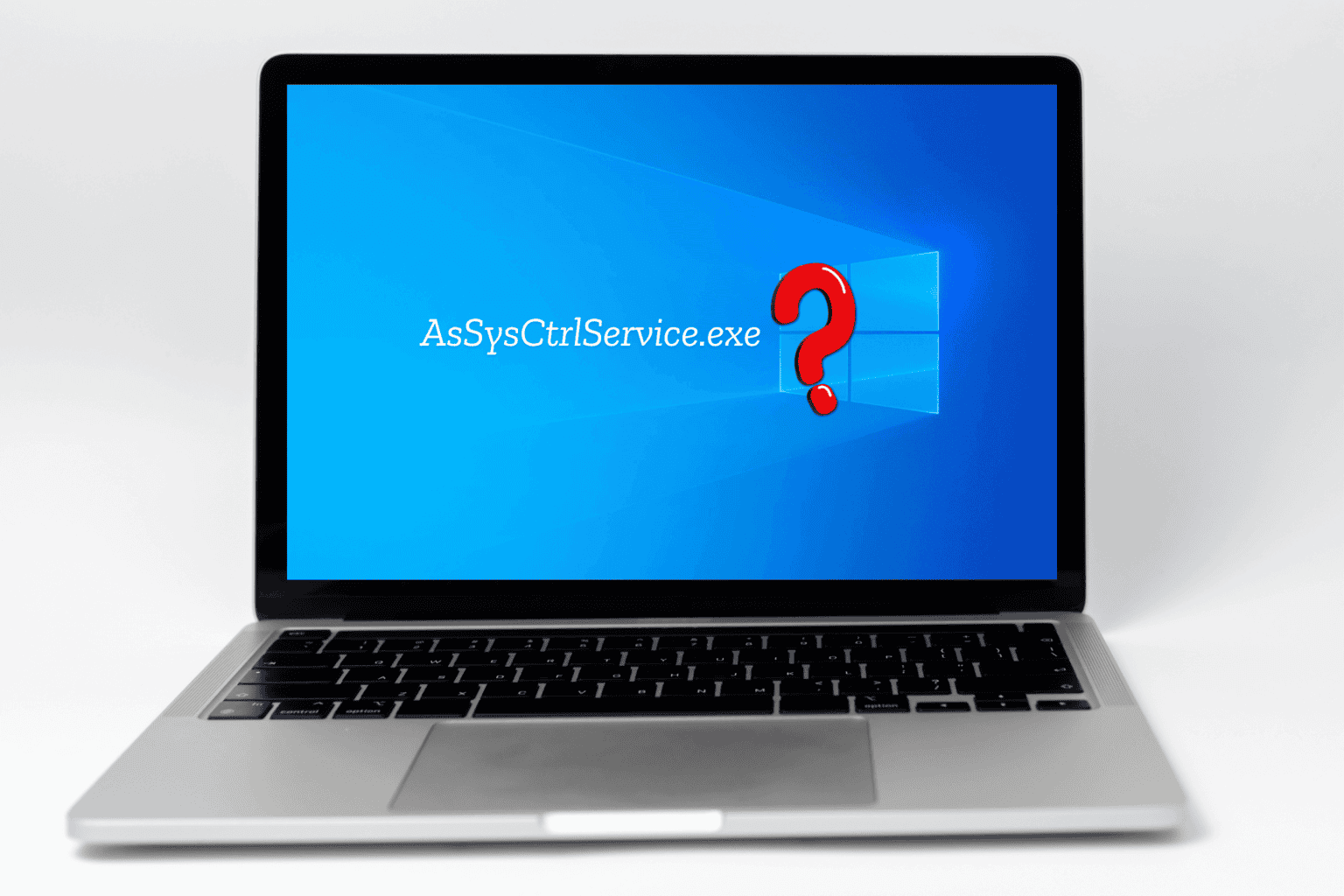




User forum
0 messages